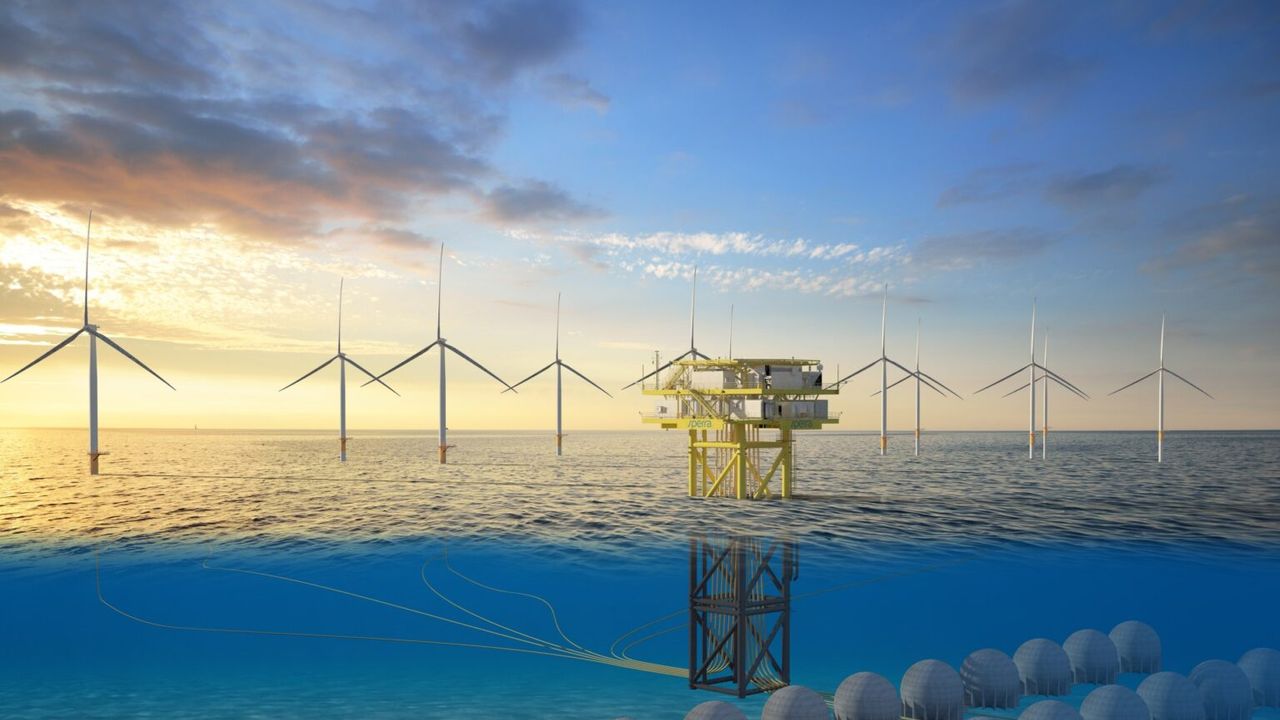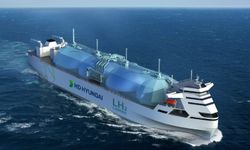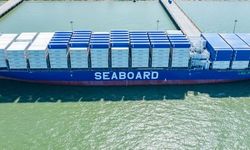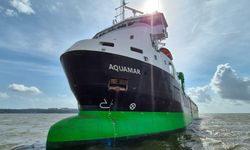The U.S. and German governments are joining forces to support two projects focused on developing low-cost subsea energy storage technology, with a total funding of $7.7 million aimed at decarbonizing the electrical grid.
Sperra, a U.S.-based company, has secured a $4 million grant from the Department of Energy's Water Power Technologies Office to innovate in pumped storage hydropower. The project will involve designing and testing a 10-meter diameter, 500 kW/600 kWh energy storage unit off the coast of Southern California.
This funding is complemented by €3.4 million ($3.7 million) from Germany's Ministry for Economic Affairs for a parallel project led by Fraunhofer IEE and PLEUGER Industries.
The collaborative effort aims to leverage subsea pumped storage hydropower (SPSH) to overcome land-based limitations, enabling energy storage near major U.S. cities without occupying valuable land. Sperra notes that this technology offers a sustainable alternative to traditional batteries, relying on locally sourced materials and boasting significant offshore storage potential—estimated at around 75 TWh.
Sperra’s approach builds on prior research by experts from Fraunhofer IEE, with contributions from WSP USA, Purdue University, and the National Renewable Energy Laboratory. Dr. Bernhard Ernst of Fraunhofer IEE highlighted the benefits of moving pumped storage to the seabed, noting lower ecological restrictions and potentially greater public acceptance.
This initiative follows previous R&D funding from California's CalSEED program and New York's NYSERDA, with plans for a grid-connected pilot demonstration after project completion to further mitigate risks and attract additional funding for widespread deployment.







